Earn
A tax cut may soon be in your pocket. How should you spend it?
The big drawcard in this year’s budget is tax cuts to the tune of $12.5 billion. The cuts will put a significant amount of money back in the pockets of 11.5 million Australians over the next 12 months.
A tax cut may soon be in your pocket. How should you spend it?
The big drawcard in this year’s budget is tax cuts to the tune of $12.5 billion. The cuts will put a significant amount of money back in the pockets of 11.5 million Australians over the next 12 months.
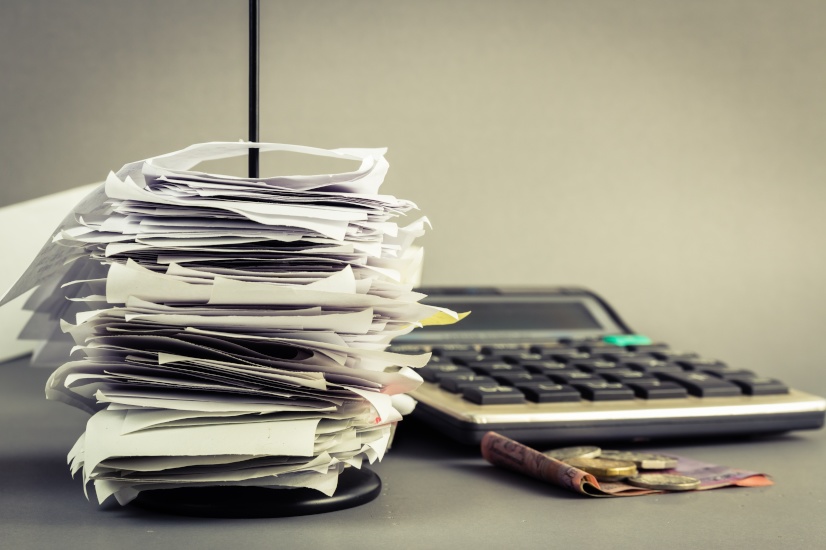
How will the tax cuts work?
The announced tax cuts are stage two of the government’s 2019 tax plan. The first stage introduced a $1,080 low and middle-income tax offset which will be retained for an extra year.
The second stage, which was originally planned for July 2022, has been brought forward and will be backdated to July 2020. It will see the 19 per cent threshold increase from $41,000 to $45,000 and the 32.5 percent threshold increase from $90,000 to $120,000.
The government is hopeful that Australians will begin to spend their tax cuts before Christmas in a bid to stimulate economic activity.
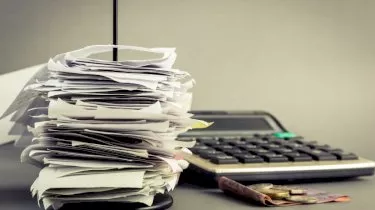
How much will I get back?
In 2020-21, those earning $120,000 or more will get $2,745 back, those earning $80,000 will get $2,160 back and those earning $40,000 will get $1,060 back. Dual income families could see as much as $5,490 back in tax cuts this financial year.
Once the third stage of the government’s tax plan commences in 2024, the 37 per cent tax bracket will be removed entirely, with the rate flattened to 32.5 per cent for everyone earning between $45,000 and $200,000.
When will I receive my tax cut?
Now that the budget has been approved in Parliament, the ATO will enact the changes and adjust the tax thresholds. The government has indicated this could be as early as a few weeks from now. Employers will then revise the amount of tax withheld for employees according to the new thresholds. From that point on, taxpayers will see more in their take-home pay.
As for the period from July 2020 till when the changes are actioned, those tax cuts won’t be back-paid. Instead, taxpayers will receive a lump sum after they complete their tax return for any tax overpaid.
So, should you be saving these tax cuts? Investing? Paying down debt? What is the most financially savvy option when it comes to using your tax cuts? There is no one size fits all when it comes to how you should treat your tax cuts. It’s best to seek advice from your financial planner on your particular financial situation. Here are some of the options that may be available to you.
Spend it
The whole idea behind the tax cuts, aside from appeasing voters, is to stimulate the economy. The government wants Australians to spend their tax cuts in order to fuel economic activity.
So, if there’s something you want or need, there’s no reason to feel guilty about spending your tax cut, especially if you’ve already budgeted for savings or investing prior to the cuts. At the very least you can rest assured that it will help the economy.
This might be a good opportunity to treat yourself to something that contributes to your wellbeing and mental health. This could be a holiday, a massage or something for your home. Anything which will help you relax or make you happy is a worthwhile investment in yourself (and your country!)
Save it
Many people will be motivated to save their tax cut, especially with so much economic uncertainty. This may be a good strategy for those without much of a cash buffer in place. This can be an opportunity to create an emergency fund to cover you should the unexpected happen such as losing your job, suddenly needing to repair something in your home or car, or coping with an unexpected illness.
This may also be a good strategy for those saving for something specific such as a deposit on a home.
For others, saving their tax cut may not be as worthwhile. At the moment, any money sitting in a bank account will only generate a very small return, so for those that already have a savings buffer, there may be better ways to spend their tax cut.
Pay down debt
It’s usually best to prioritise any debt with high interest rates such as credit card debt, car loan or personal loan. If you have these types of facilities, your tax cut may be best spent paying down this debt.
If you have a home or investment property loan, it’s a little more complicated. Your tax cut may not be substantial enough to make much difference to your mortgage debt. Plus with interest rates already at all-time lows, the savings are likely to be minimal. Talk to your financial planner about whether this is the right option for you.
Contribute to your super
Contributing to your super can be a tax-efficient option which will benefit you in your retirement, though it will depend on how close to retirement you are and your financial situation. Make sure you speak with both your accountant and financial planner to assess your particular situation.
Invest
Investing your tax cut can be a good way to make your money work for you, but it’s not without risk. Options for investing may include investing in shares, exchange-traded funds (ETFs), micro investing or lending via peer to peer (P2P) platforms. Do your research to understand the potential returns and risks. Talk to your financial planner to see how any potential investment will fit into your broader strategy.
By David Hancock, director, Montara Wealth
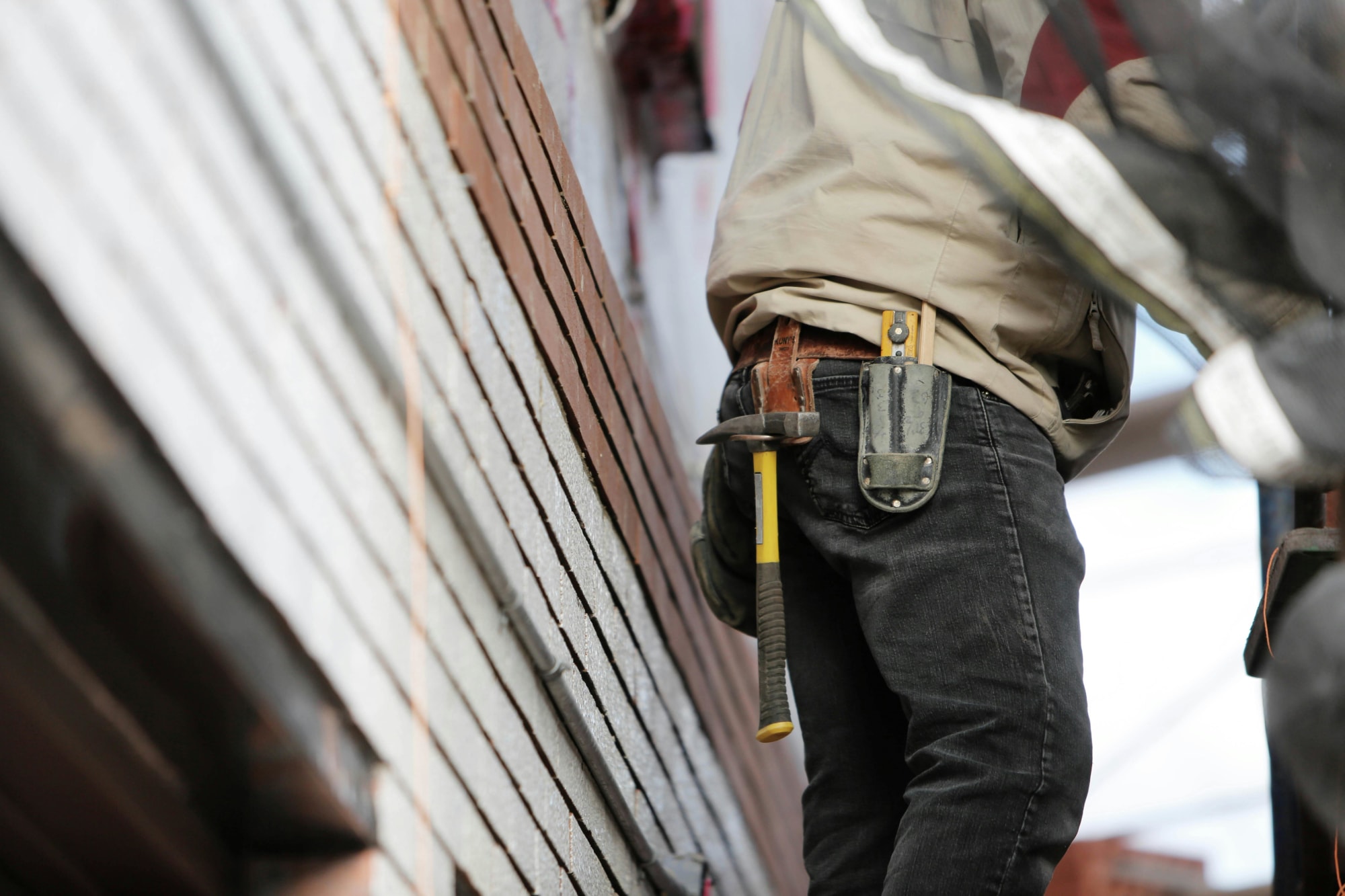
Tax refund
How a $140k 'repair' became a tax strategy triumph and competitive edge
A Sydney investor secured an immediate deduction for $140,000 in rental property works after the ATO initially treated the spend as capital. In a market where the ATO says most rental schedules ...Read more

Tax refund
The ATO will be focusing on these four issues at tax time
The tax office has indicated it will be scrutinising areas where taxpayers are known to make mistakes. Read more

Tax refund
More than half of Aussies get stressed at tax time, survey finds
Many taxpayers feel that they may be missing out on deductions in their tax returns. Read more
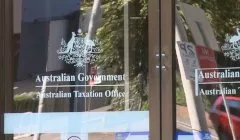
Tax refund
Engage or face firmer action, ATO warns taxpayers with unpaid debts
The tax office is offering support and assistance to those with overdue debts. Read more

Tax refund
How to prepare for your tax return
While the end of the financial year is still a couple of months away, you can take action now to help maximise your tax return. Read more

Tax refund
What issues will be on the ATO’s radar this year?
H&R Block has outlined two main areas that the tax office is expected to focus on. Read more
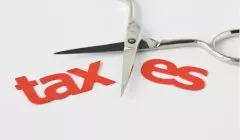
Tax refund
How does the expanded low and middle income tax offset work?
Millions of taxpayers will receive hundreds of dollars more in their tax return this year. Read more

Tax refund
Why 90% of taxpayers could face a higher tax bill next financial year
A tax offset for over 10 million Aussies may not be extended in next month’s budget. Read more

Tax refund
How a $140k 'repair' became a tax strategy triumph and competitive edge
A Sydney investor secured an immediate deduction for $140,000 in rental property works after the ATO initially treated the spend as capital. In a market where the ATO says most rental schedules ...Read more

Tax refund
The ATO will be focusing on these four issues at tax time
The tax office has indicated it will be scrutinising areas where taxpayers are known to make mistakes. Read more

Tax refund
More than half of Aussies get stressed at tax time, survey finds
Many taxpayers feel that they may be missing out on deductions in their tax returns. Read more

Tax refund
Engage or face firmer action, ATO warns taxpayers with unpaid debts
The tax office is offering support and assistance to those with overdue debts. Read more

Tax refund
How to prepare for your tax return
While the end of the financial year is still a couple of months away, you can take action now to help maximise your tax return. Read more

Tax refund
What issues will be on the ATO’s radar this year?
H&R Block has outlined two main areas that the tax office is expected to focus on. Read more

Tax refund
How does the expanded low and middle income tax offset work?
Millions of taxpayers will receive hundreds of dollars more in their tax return this year. Read more

Tax refund
Why 90% of taxpayers could face a higher tax bill next financial year
A tax offset for over 10 million Aussies may not be extended in next month’s budget. Read more










